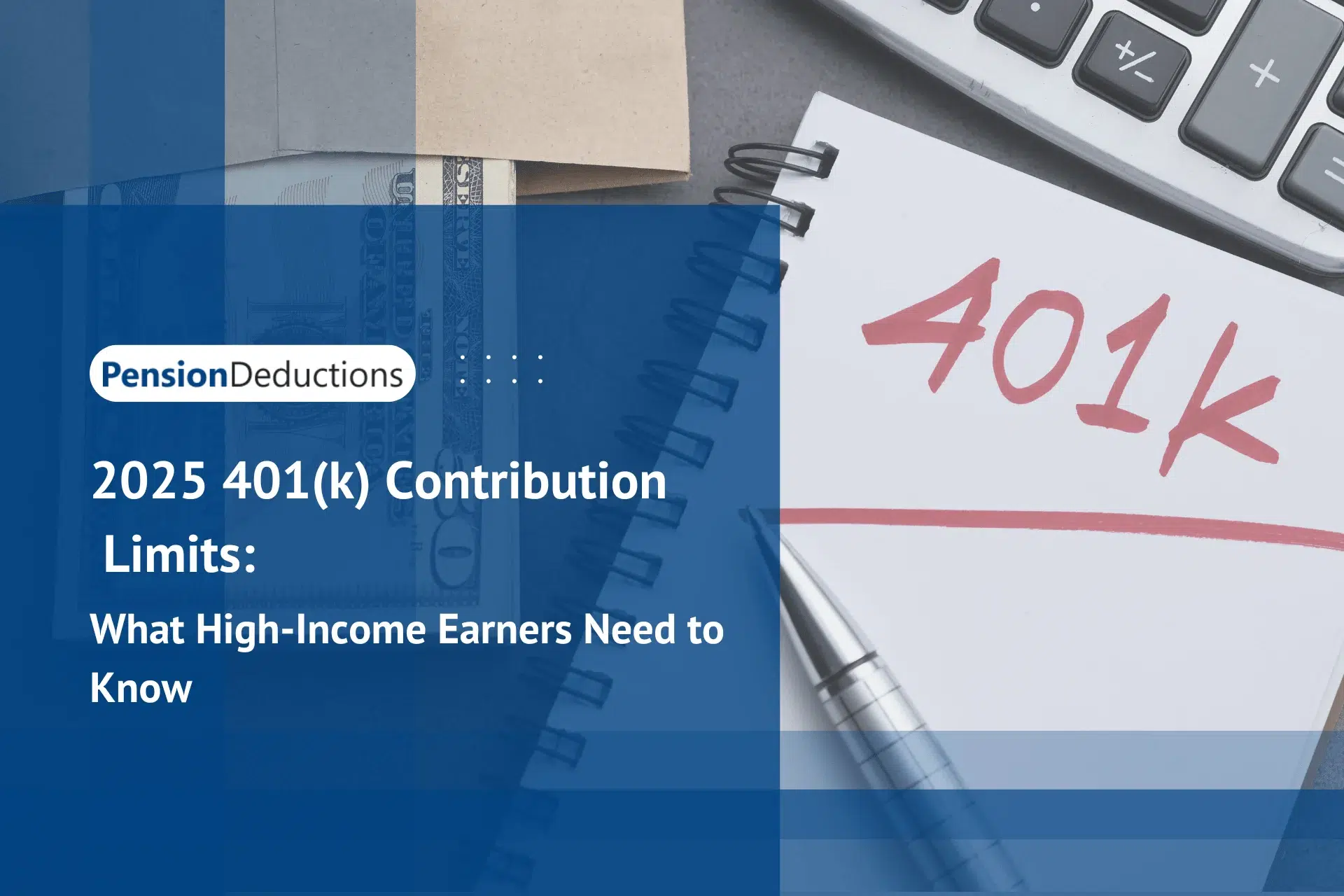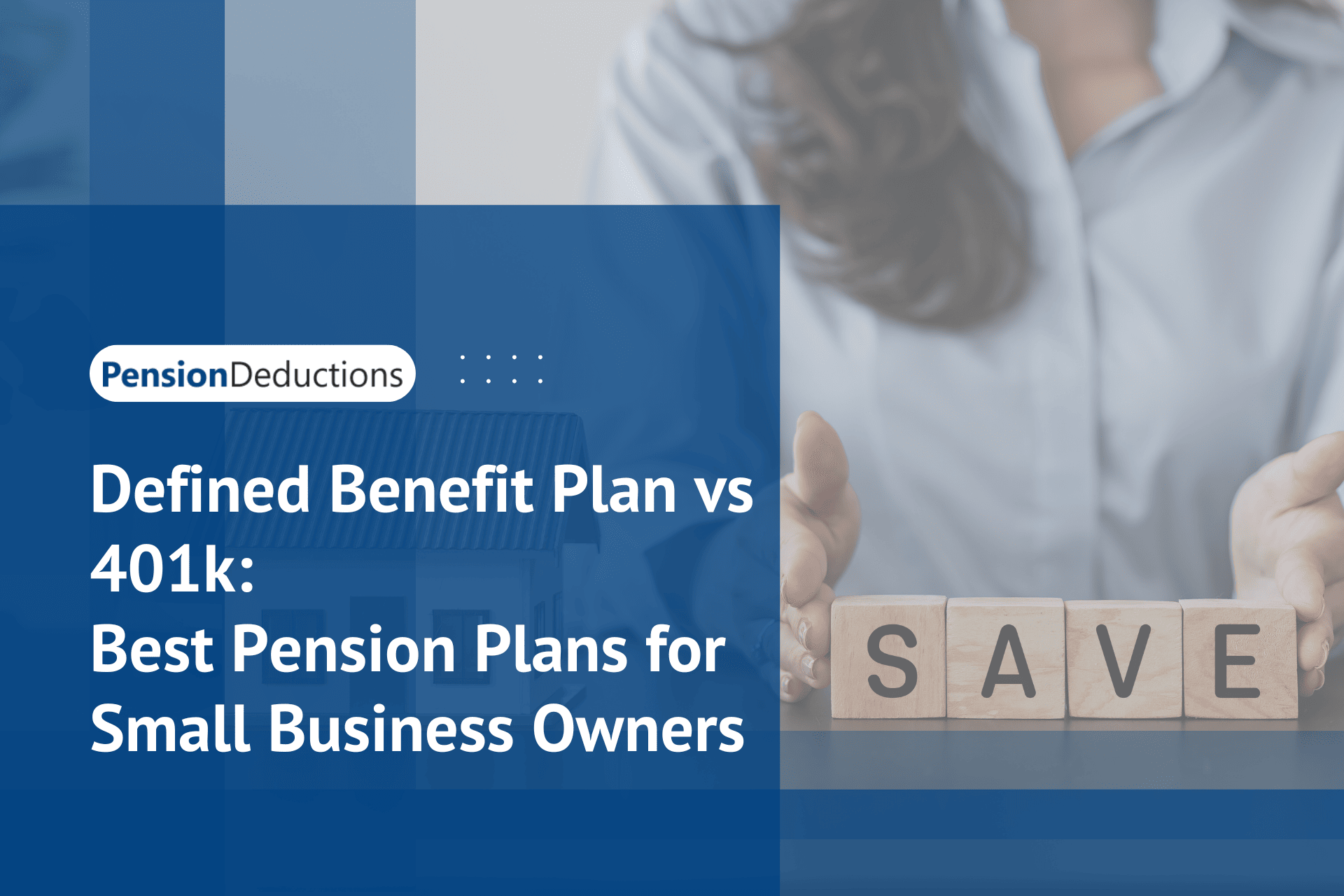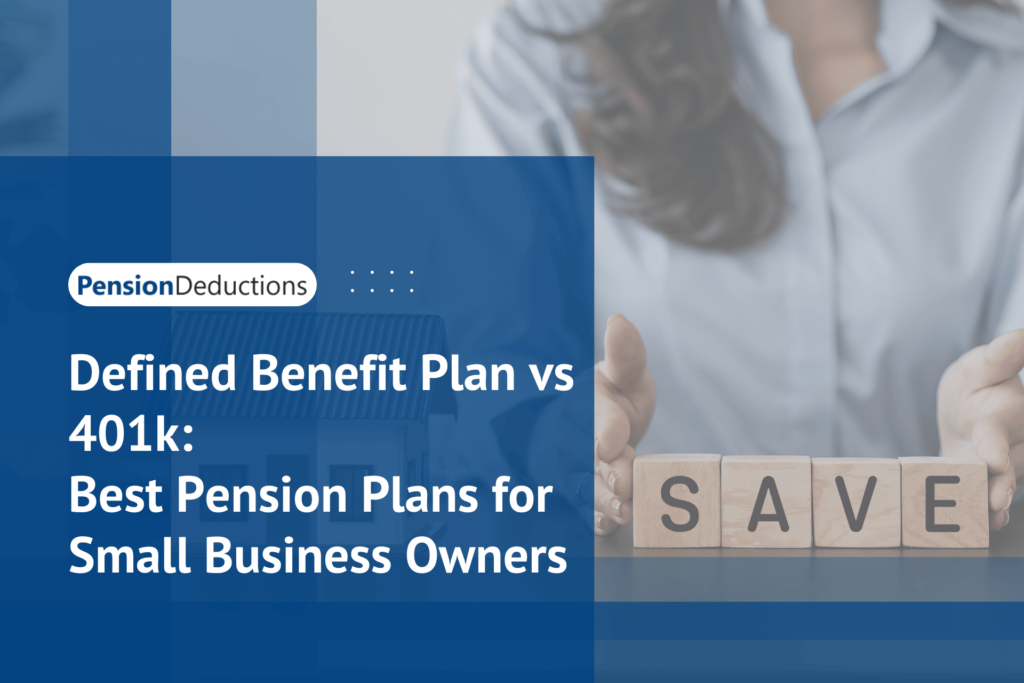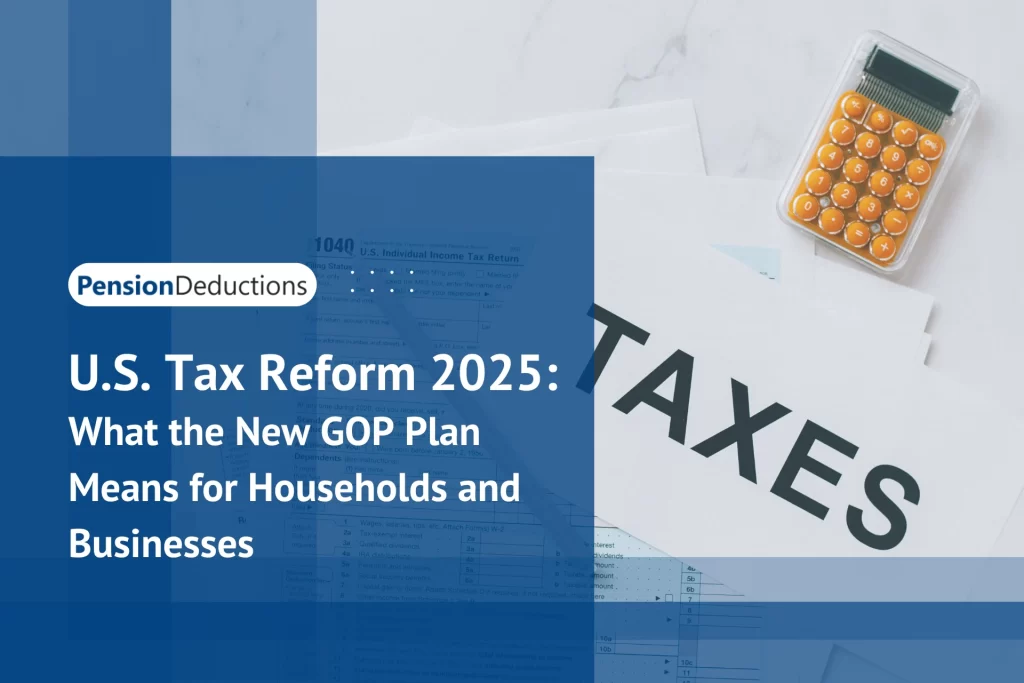Defined Benefit Plan vs 401K
If you’re trying to decide between a Defined Benefit Plan vs 401k, this guide will help you understand the key differences, benefits, tax-saving opportunities, and the best choice based on your business structure and income level.
1. Understanding the Basics of Defined Benefit Plan vs 401k
What is a Defined Benefit Plan?
What is a 401(k) Plan?
2. Contribution Limits in Defined Benefit Plan vs 401k
Defined Benefit Plan Contribution Limits
- Business owners can contribute up to $300,000+ per year, depending on age and income.
- The IRS allows high-income earners to maximize contributions while reducing taxable income.
401(k) Plan Contribution Limits (2025)
- The maximum contribution for a 401(k) plan is $23,500 per year (or $30,500 with catch-up contributions for those over 50).
- Employer matching contributions provide additional tax savings but are limited.
3. Tax Savings: Defined Benefit Plan vs 401k
Tax Benefits of a Defined Benefit Plan
- Contributions are 100% tax-deductible, significantly reducing taxable income.
- Funds grow tax-deferred until withdrawal, allowing wealth accumulation.
- Large contributions offer greater tax savings than a 401(k) plan.
Tax Benefits of a 401(k) Plan
- Employee contributions reduce taxable income in the year they are made.
- Employer matching contributions are also tax-deductible.
- Roth 401(k) options allow tax-free withdrawals in retirement.
4. Retirement Income Security in Defined Benefit Plan vs 401k
Guaranteed Income with a Defined Benefit Plan
- A Defined Benefit Plan provides fixed monthly payments upon retirement, offering financial security regardless of market performance.
Market-Based Growth with a 401(k) Plan
- A 401(k) plan allows for investment growth but comes with market risks.
- Retirees must manage withdrawals to ensure they don’t outlive their savings.
5. Employer Responsibilities in Defined Benefit Plan vs 401k
Employer Responsibilities for Defined Benefit Plans
- The employer is required to make annual contributions.
- Plans must be actuarially calculated each year to ensure funding.
- IRS compliance and reporting are required to maintain tax benefits.
Employer Responsibilities for 401(k) Plans
- Employers may offer matching contributions, but it’s not required.
- Employees control their own investments.
- Less administration compared to a Defined Benefit Plan.
6. Can Small Business Owners Use Both Plans?
- Max Out 401(k) Contributions – Contribute $23,500 ($30,500 if over 50).
- Add a Defined Benefit Plan Contribution – Contribute $100,000 - $300,000+ depending on income.
- Result: Tax deductions exceeding $350,000 per year while securing a mix of guaranteed income and market-based growth.
Calculate your Contributions Today!
Click here to Calculate!7. Real-World Example: Tax Savings with Defined Benefit Plan vs 401k
Case Study:
High-Income Business Owner
• Annual Income: $750,000
• Pension Plan: Combined Defined Benefit Plan vs 401k
• Contributions: 401(k) : $30,500 and Defined Benefit Plan: $250,000
Tax Savings Calculation
• With a Defined Benefit Plan vs 401k: Taxable Income: $469,500
Total Tax Savings: $112,000
By using a Defined Benefit Plan vs 401k, high-income earners can save more on taxes while securing their retirement.
8. Choosing the Right Plan: Defined Benefit Plan vs 401k

9. Get Started with the Right Pension Plan
✅ Start contributing before the tax deadline to claim tax deductions.
✅ Consider combining both plans for optimal tax benefits.
Conclusion: Defined Benefit Plan vs 401k – The Best Choice for Small Business Owners
Take the next step and secure your financial future today! 🚀
SHARE THIS POST

Learn the updated 401k contribution limits 2025 and discover advanced savings strategies tailored to high-income professionals.

State-Facilitated Retirement Programs like CalSavers and OregonSaves are expanding access and transforming retirement planning in 2025. Learn More.

Generation X and Retirement: Discover smart strategies to avoid costly mistakes and secure your future with effective financial planning.

Discover the key differences between a Defined Benefit Plan vs 401k, and find the best pension plan for small business owners.



